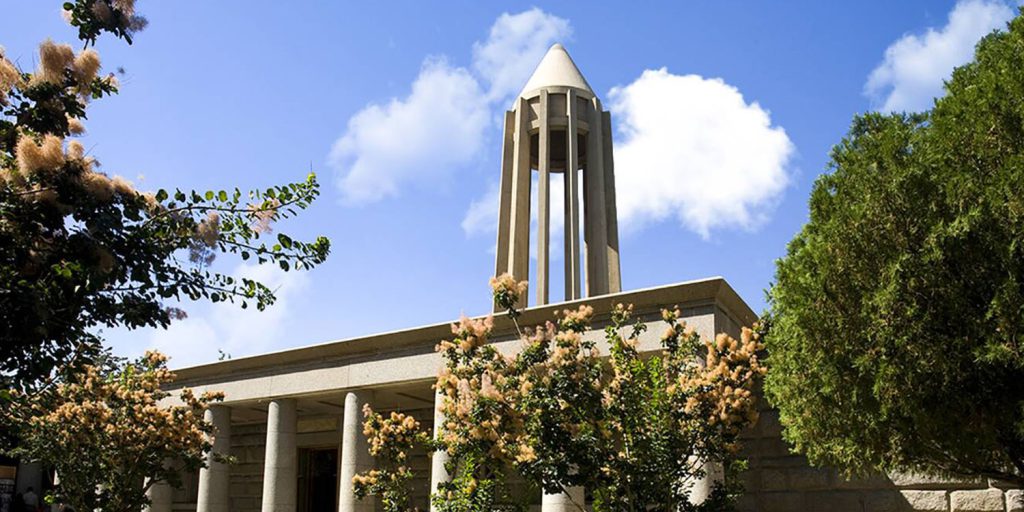
Menu

Abu Ali Hussein Ibn Abdullah Ibn Hassan Ibn Ali Ibn Sina, born 980-1037 AD, Omniscient, Physician, Mathematician, Astronomer, Physicist, Chemist, Geographer, Geologist, Poet, Philosopher, Musician, Statesman, and one of the most famous and influential Iranian philosophers and scientists in the country and the world, who is particularly important because of his work in the field of philosophy and medicine.
Two comprehensive scientific and philosophical encyclopedias, the Book of Healing and the Encyclopedia of Ala’i, as well as the Law of Medicine as one of the most famous works in the history of medicine.
He has written 450 books in various fields, including many on medicine and philosophy. George Sarten, in his History of Science, considers him to be one of the greatest thinkers and medical scientists.

His philosophical writings greatly influenced later great philosophers such as Mulla Sadra, Thomas Aquinas and Descartes.
Ibn Sina was buried in the same place of death, Hamedan, and the tomb of Bu Ali Sina is now located in this city. The tomb of Poursina is one of the main squares in the city.
Main office: Office no. 5, First Floor,Building No. 404, Corner of Beheshti St. and Qaem Maqam St. Tehran Iran.
Tel : +985138519585 EXT. 117
WhatsApp : +968 912 14 982
Email : info@persiantoursgroup.com